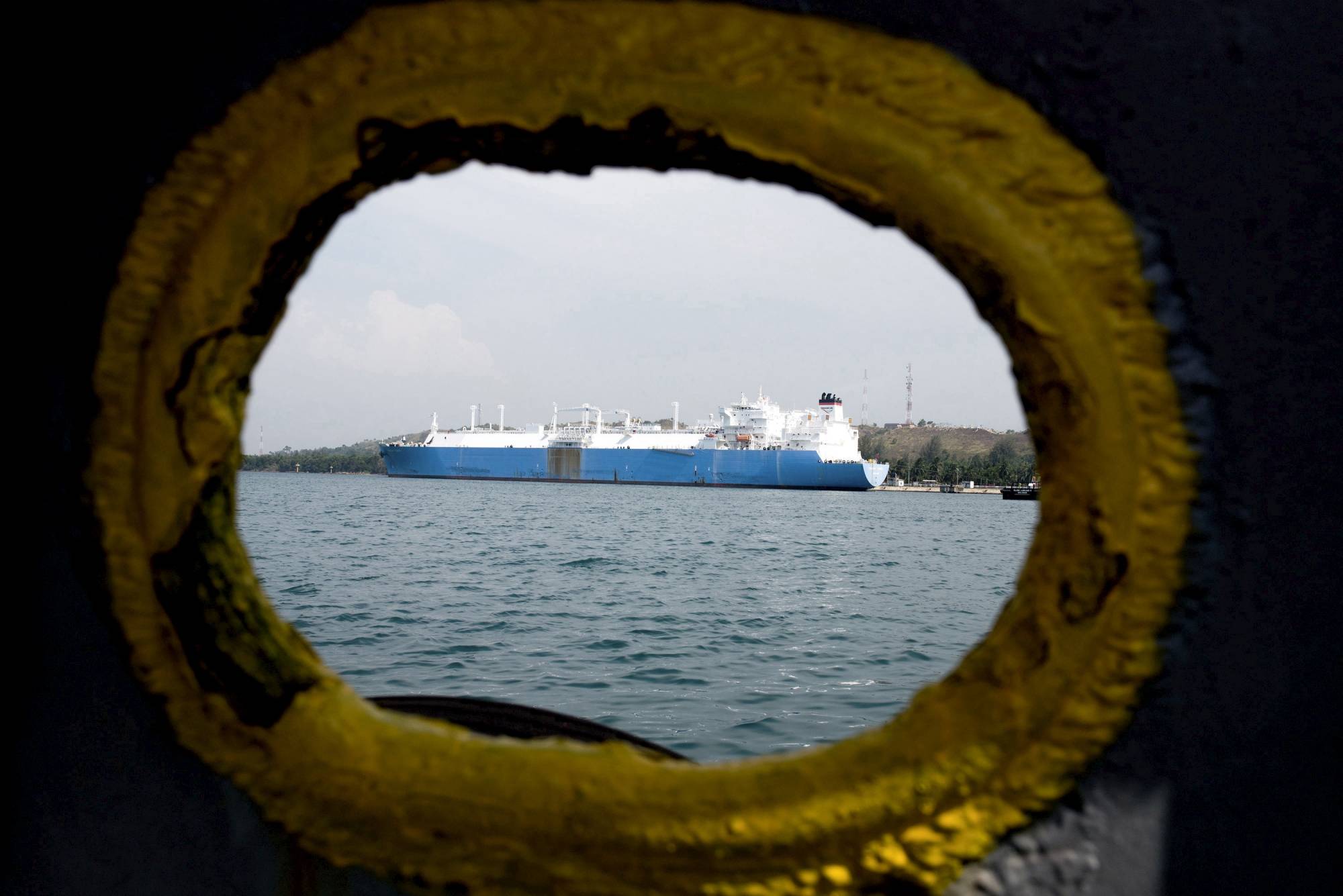Rocketing LNG cargo prices have squeezed out dozens of smaller traders, concentrating the business among a handful of international energy majors and top global trading houses.
Their grip is not expected to ease until 2026, when more liquefied natural gas (LNG) starts to materialize as well as lower prices. That's adding to supply worries for poorer states reliant on the fuel to generate power, and driving up costs for big Asian economies.
The global LNG market has more than doubled in size since 2011, ushering in dozens of new entrants and an expansion of smaller players in Asia. In recent years, smaller traders accounted for 20% of LNG imports in China alone.


















With your current subscription plan you can comment on stories. However, before writing your first comment, please create a display name in the Profile section of your subscriber account page.